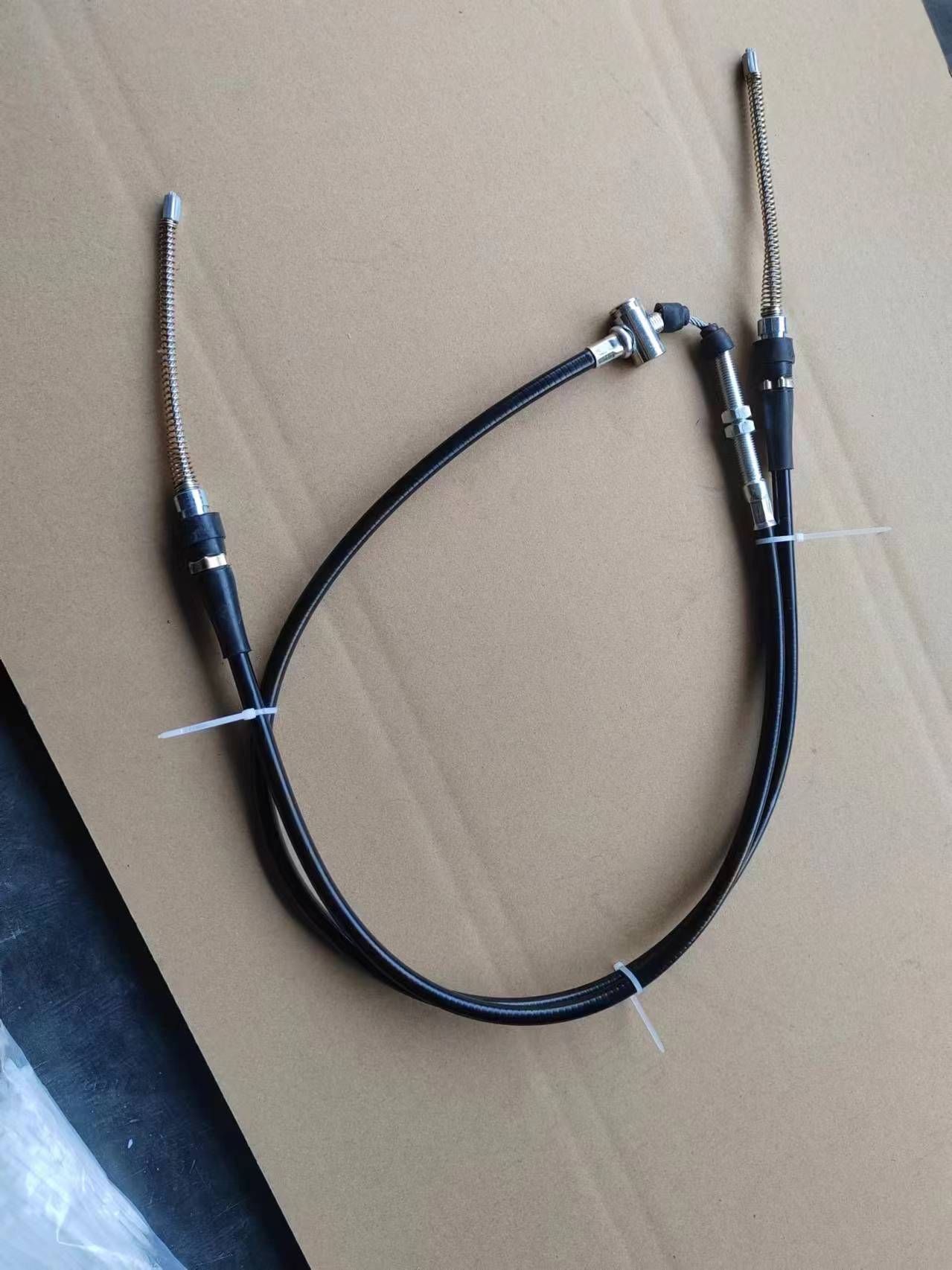Throttle and Throttle Cable - Understanding Functionality and Maintenance
Understanding Throttle and Throttle Cable A Guide for Vehicle Owners
When it comes to the performance and control of a vehicle, understanding the throttle and throttle cable is essential. These components play a crucial role in regulating engine power and acceleration, and knowing how they work can help enhance your driving experience and maintain your vehicle's efficiency.
What is a Throttle?
The throttle is a device that controls the amount of air entering the engine. It is a vital component in the system that regulates engine speed and power output. In traditional gasoline engines, the throttle is typically controlled by a butterfly valve located in the intake manifold. When the accelerator pedal is pressed, the butterfly valve opens, allowing more air to enter the engine. This increase in air is accompanied by a proportional amount of fuel, resulting in greater power and acceleration.
In contemporary vehicles, especially those with electronic fuel injection systems, throttles can be electronically controlled. This system, known as drive-by-wire, uses sensors and actuators instead of a direct mechanical linkage, providing more precise control and better fuel efficiency.
The Role of the Throttle Cable
In vehicles with mechanical throttle systems, the throttle cable plays a pivotal role. It connects the accelerator pedal to the throttle body, transmitting the driver's input directly to the engine. When you press the accelerator pedal, the cable pulls the throttle valve open, allowing more air into the engine and thus increasing speed.
Over time, throttle cables can wear out due to friction, dirt accumulation, or environmental exposure. A frayed or damaged cable can lead to sluggish acceleration, inconsistent engine performance, or even complete failure to respond to throttle input. Hence, regular inspection and maintenance of the throttle cable are crucial for ensuring optimal performance.
Symptoms of Throttle and Throttle Cable Issues
throttle and throttle cable

Drivers may encounter several signs indicating problems with the throttle or throttle cable
. Common symptoms include1. Unresponsive Acceleration If the vehicle hesitates or fails to respond when the accelerator pedal is pressed, it may indicate a problem with the throttle system. 2. Sticking Throttle A throttle that does not return to the closed position may be caused by a frayed cable or debris in the throttle body.
3. Erratic Engine Performance Impaired throttle control can lead to inconsistent power delivery, making the vehicle difficult to drive smoothly.
4. Check Engine Light Often, issues with the throttle system trigger the vehicle's onboard diagnostics, resulting in the check engine light illuminating.
Maintenance and Care
Maintaining the throttle and throttle cable is relatively simple but crucial for vehicle performance. Regularly inspecting the throttle cable for signs of wear, ensuring the throttle body is clean, and lubricating the cable can prevent many common issues. Additionally, replacing a faulty throttle cable promptly can improve responsiveness and overall driving experience.
Conclusion
Understanding the throttle and throttle cable is essential for any vehicle owner. By being aware of their functions and potential issues, you can ensure that your vehicle remains responsive and efficient. Regular maintenance can help you avoid costly repairs and enhance your driving experience, allowing you to enjoy the road with confidence.
-
Upgrade Your Vehicle with High-Quality Handbrake CablesNewsNov.01,2024
-
Optimize Your Bike's Performance with Quality CablesNewsNov.01,2024
-
Enhance Your Vehicle's Performance with Quality Clutch ComponentsNewsNov.01,2024
-
Elevate Your Vehicle's Performance with Quality Throttle CablesNewsNov.01,2024
-
Elevate Your Vehicle's Performance with Quality CablesNewsNov.01,2024
-
Affordable Solutions for Your Cable NeedsNewsNov.01,2024
